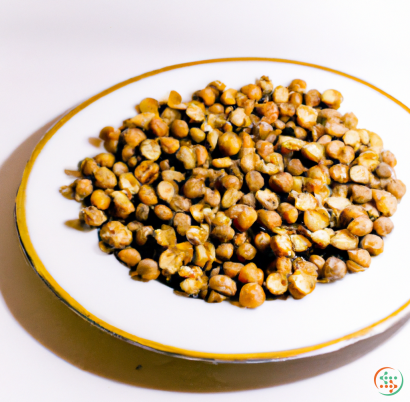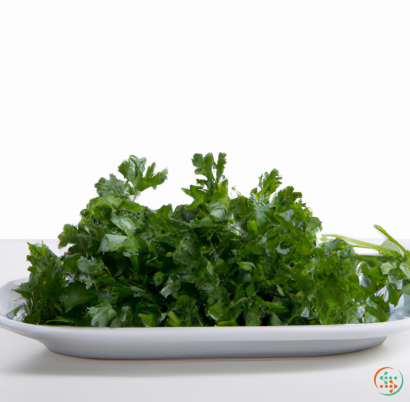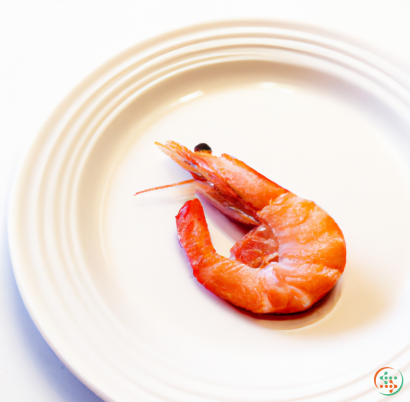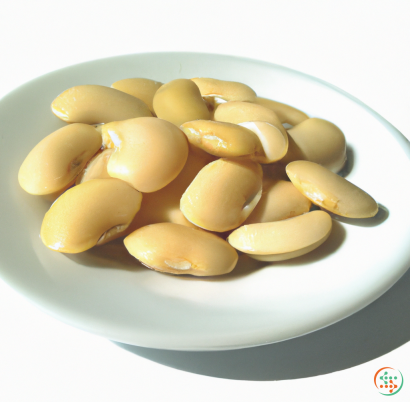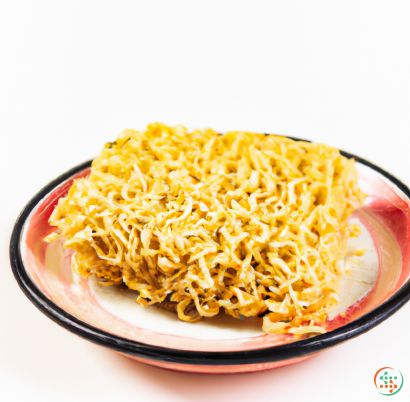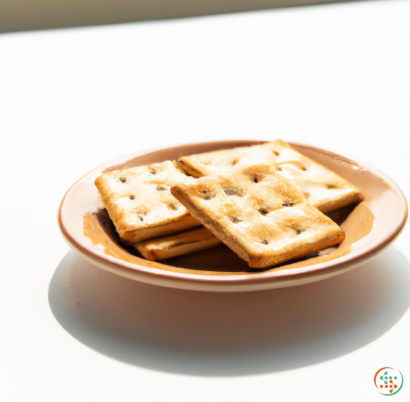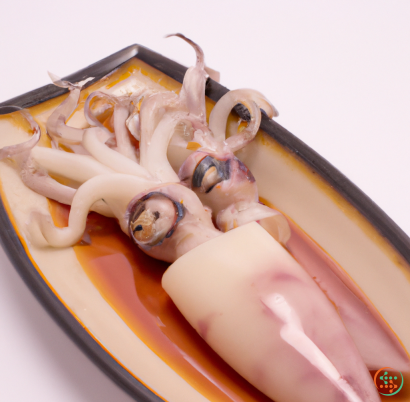Crab
A crab is a crustacean found in a variety of marine habitats around the world. Belonging to the family Brachyura, crabs are actually one of the most diverse crustaceans, with over 4,500 species of crabs identified and many more yet to be discovered. As such, these crustaceans can be found living in rivers, lakes, estuaries, oceans, and wetlands.
Crabs have an external skeleton, or exoskeleton, which is usually rigid and well-armored with a tough exoskeleton made up of calcium carbonate and other minerals. This exoskeleton provides the crab with protection from predators, and helps them to inhabit their harsh environments. These crustaceans can range from a few millimeters in size to almost two feet in length and are several centimeters thick.
Apart from the external appearance of the crab, their inner workings can also vary greatly – some species have lungs and some have gills, as well as structures for filtering food from the water. Their digestive tract is also quite complex with a specialized stomach for breaking down food and another for secreting saliva. All of these organs along with their sensory organs allow them to navigate their environment and hunt down food.
Their diet usually consists of fish, insects, mollusks, and copepods, and at least one species has even been observed feeding on algae. They are also omnivorous and scavenge when they can. The way they feed themselves varies from species to species as there are some that are talented diggers while others rely on sifting through sand or mud.
Crabs have a wide variety of behaviors and activities, depending on the species and the environment. For instance, crabs form social hierarchies and may even protect one another. However, crabs are not territorial creatures and share the available resources with other crabs. Additionally, crabs may also migrate seasonally in search of food and new surroundings, often moving from one area to another depending on the tide.
The color of a crab can be very diverse, too, as it depends on the actual species. For instance, some crabs are brightly colored with red or blue carapaces and others may have white, yellow or even bright green carapaces. Some crabs even have distinct patterns and stripes that can be used to help identify them.
The life span of a crab can vary, depending on the species. Some species may live up to eight years while others live only a few weeks or months. Generally, females have shorter life spans than males and they lay eggs at least once a year. The eggs take a few weeks or months to hatch and within a week or two the hatchlings will leave the safety of the mother crab and begin crawling off to find a place of their own in the environment.
All in all, a crab is a fascinating creature with an array of features and traits, making them rather intriguing to observe and study. The incredible diversity of the crab species offers researchers and scientists of an abundance of knowledge and understanding as they learn more about these creatures and their thrilling, often mysterious, lives.
The Journey of a Crab from Sea to Dinner Plate
Imagine visiting a seafood restaurant, where succulent crab awaits your arrival. What you likely don’t consider is all the steps that were necessary on its journey to eventually grace your plate. From a meticulous and scientific perspective, this blog post will outline the complex process of the crab’s journey, starting with its initial formation and ending with its delivery to the dinner plate.
There are several species of crab living throughout the world’s oceans, each with their own unique adaptations that allow for survival in their respective environment. Depending on if it is a freshwater or saltwater crab, the environment in which it is found also distinctly shapes its prey, behavior, and growth. Nevertheless, the anatomy and life cycles of the crab remain relatively the same whether it is a blue crab, mitten crab, or hermit crab. The path from sea to dinner plate is a complex one and understanding the biological intricacies of the process is essential to unraveling the crab’s mystery journey.
A crab begins life as a tiny egg. Within the female crab’s abdomen, the eggs are kept in a special case known as the ovary. After a few weeks, the egg hatches into a larvae known as the zoea. While in its larval state, the zoea is forced to molt several times in order to grow and grow again. This growing process repeats itself, until eventually, the zoea has become a postlarvae. After this stage is complete, the crabs do not further evolve, instead relying on their specialized physical structures to optimize their chance at survival. Depending on the species of crab, this can mean adaptations such as thick claw-like pincers to scavenge for food and powerful walking legs so they can flee from predators.
For commercial use, the most important stage of the larvae’s development is the post-larvae stage. This is when the production of the commercial-grade crabs starts. Briefly, commercial-grade crabs are raised on either “floating” trays or on the ocean’s sea floor depending on where the crabs are located. If a crab is raised in the open ocean, it must live within a few miles of its birthplace as it continues to grow and reproduce. In this process, farmers carefully monitor the water temperature and quality, as well as feed their young crabs with natural and artificial feed. After a crab has reached the ideal size and maturity, it is then harvested and sent to a processing center.
At this point, the crab’s journey makes its way to the processing center. At these processing centers, the crabs are either packaged live or frozen. Depending on the chef’s preference, the crabs are prepared differently. They are either steamed, boiled, or grilled. When it comes to preparing live crabs, chefs must remove the shells and claws before cooking. Although this process may be seen as gruesome, it is necessary as shells are tough and inedible. After this is done, the crab is then ready to have a flavor profile added to its meat. Flavors such as Old Bay or other spices are frequently prepared in melted butter, then allowed to cool before being ready to coat the cooked crab.
When it comes to preparing frozen crab, the process is a bit different. With frozen crabs, chefs need to thaw the crab first before any further preparation is done. To defrost a frozen crab, it is placed in the refrigerator and allowed to defrost overnight. After this is done, the chef will then steam, boil, or cook the crab as desired.
Finally, the crab is ready to be delivered to its ultimate destination - your plate. The crab is then decorated with various herbs and vegetables to give it flavor and visual appeal. After the crab is presented, it is then ready to be enjoyed.
Overall, the journey of the crab from sea to plate is a long and complex one. Understanding the steps involved in this process, from the initial formation of the egg all the way to the server plates, allows us to appreciate the efforts taken to ensure the safe arrival of this delectable crustacean. Next time you find yourself admiring a steaming plate of crab - remember, knowledge is power.
| Vitamin A | 0.001 mg | |
| Vitamin E | 0.00184 grams | |
| Vitamin K | 0.3 ug | |
| Vitamin C | 0.0033 grams | |
| Vitamin B1 | 0.02 mg | |
| Vitamin B2 | 0.09 mg | |
| Vitamin B3 | 0.00275 grams | |
| Vitamin B4 | 0.0809 grams | |
| Vitamin B5 | 0.001 grams | |
| Vitamin B6 | 0.16 mg | |
| Vitamin B9 | 0.051 mg | |
| Vitamin B12 | 0.00333 mg |
| Calcium | 0.091 grams |
Daily Value 1.3 g
|
| Iron | 0.5 mg |
Daily Value 0.018 g
|
| Magnesium | 0.036 grams |
Daily Value 0.4 g
|
| Phosphorus | 0.234 grams |
Daily Value 1.25 g
|
| Potassium | 0.259 grams |
Daily Value 4.7 g
|
| Sodium | 0.395 grams |
Daily Value 2.3 g
|
| Zinc | 0.00381 grams |
Daily Value 0.011 g
|
| Copper | 0.81 mg |
Daily Value 0.9 mg
|
| Manganese | 0.07 mg |
Daily Value 0.0023 g
|
| Selenium | 0.0429 mg |
Daily Value 0.055 mg
|
| Tryptophan | 0.226 grams | |
| Threonine | 0.727 grams | |
| Isoleucine | 0.776 grams | |
| Leucine | 1.307 grams | |
| Lysine | 1.386 grams | |
| Methionine | 0.452 grams | |
| Cystine | 0.187 grams | |
| Phenylalanine | 0.708 grams | |
| Tyrosine | 0.658 grams | |
| Valine | 0.806 grams | |
| Arginine | 1.759 grams | |
| Histidine | 0.393 grams | |
| Alanine | 0.894 grams | |
| Aspartic Acid | 1.69 grams | |
| Glutamic Acid | 2.634 grams | |
| Glycine | 1.071 grams | |
| Proline | 0.678 grams | |
| Serine | 0.678 grams |
| Total Sugars | 0 ug |
per 100g
|
| Myristic acid (14:0) | 0.01 grams |
|
| Palmitic acid (16:0) | 0.1 grams |
|
| Stearic acid (18:0) | 0.07 grams |
|
| Total Saturated fatty acids: | 0.18 g | |
| Oleic acid (18:1) | 0.09 grams |
|
| Palmitoleic acid (16:1) | 0.03 grams |
|
| Gadoleic acid (20:1) | 0.01 grams |
|
| Total Monounsaturated fatty acids: | 0.13 g | |
| Omega-3 Timnodonic acid (20:5) | 0.1 grams |
|
| Omega-3 Clupanodonic acid (22:5) | 0.01 grams |
|
| Omega-6 Eicosadienoic acid (20:2) | 0.01 grams |
|
| Omega-3 Alpha-linolenic acid (18:3) | 0.01 grams |
|
| Linolenic acid (18:3) | 0.01 grams |
|
| Linoleic acid (18:2) | 0.02 grams |
|
| Total Polyunsaturated fatty acids: | 0.16 g | |
| Cholesterol | 0.1 grams |
|
| Total Sterols: | 0.1 g | |
| Trans-monoenoic fatty acids | 0.01 grams |
|
| Total Trans fat: | 0.01 g | |

